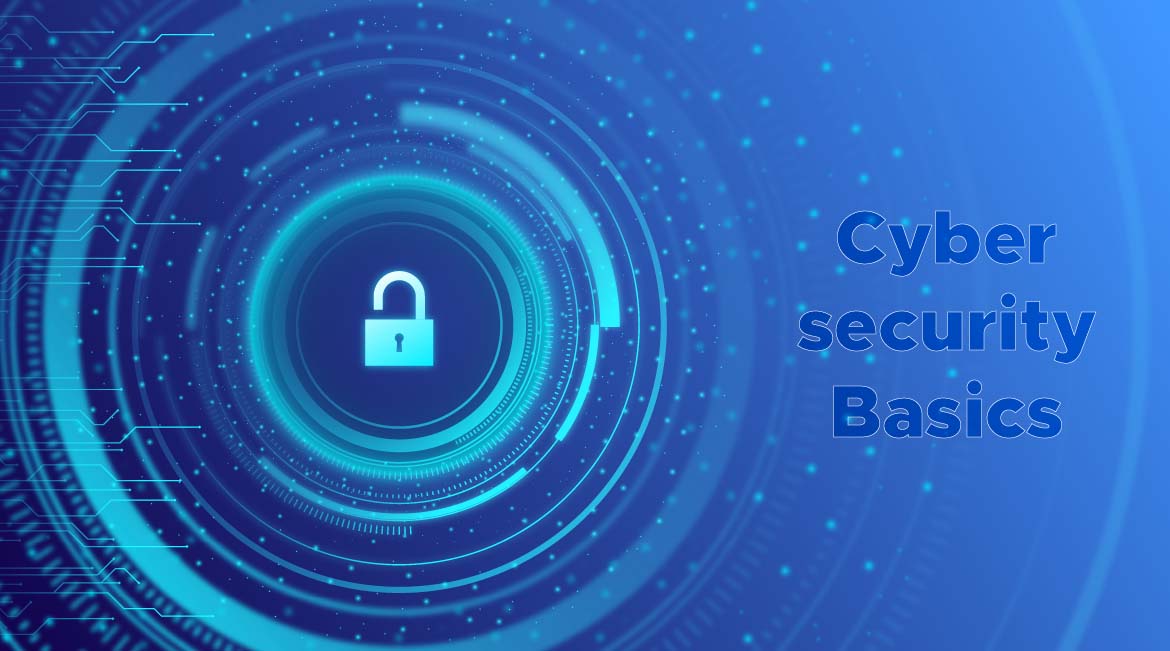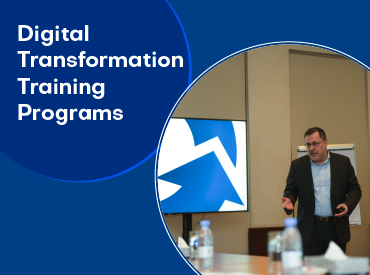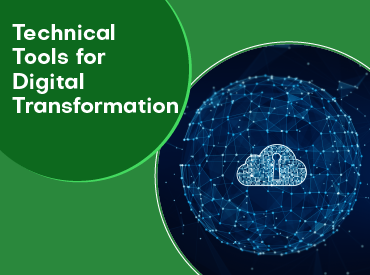
Recent developments have provided us with numerous advantages and opportunities, but they have also led to an increase in the cyber threats and risks we face. Cybersecurity encompasses a set of policies, practices, and tools aimed at safeguarding digital data and information from electronic attacks and security breaches.
In this article, we will familiarise ourselves with the cybersecurity basics and provide you with a comprehensive guide to digital protection. We will highlight essential points that you should be aware of to safeguard your digital safety and electronic resources.
This guide will help you understand cyber threats and adopt the necessary measures to protect your personal and professional information. Let’s start by understanding the concept of cybersecurity.
What is Cybersecurity?
Cybersecurity is a field aimed at protecting digital systems, networks, software, and data from electronic attacks and cyber threats. It involves implementing measures and policies to achieve digital safety and security for individuals, companies, and governments.
The Importance of Cybersecurity
The significance of cybersecurity increases as we become increasingly reliant on modern technologies in our daily lives. Personal data and sensitive information are at risk of being compromised by cyber intrusions, electronic espionage, and financial fraud. Cyberattacks can have catastrophic effects on individuals and entities, including data loss, operational disruptions, and financial and reputational damages.
Types of Cyber Threats
Cyber threats encompass a diverse range of attacks and malicious activities. Among these threats are:
- Penetration Attacks: Attempting to breach systems or networks to gain access to sensitive information or assume control over the systems
- Viruses and malware are malicious programmes executed on systems without the users’ knowledge, targeting data destruction or espionage.
- Phishing: Including fraudulent messages, phone scams, and fake websites to obtain personal and financial information.
- Denial-of-Service (DoS) attacks target digital services to disrupt them and make them unavailable to users.
In a previous article, we delved deeper into explaining these types of threats. You can refer to the “Types of Cyber Crime: Confronting Digital Challenges” article for more details.
Best Practises in Cybersecurity
To maintain the safety and security of digital systems and data, consider the following cybersecurity basics:
- Cyber Awareness: Stay informed about current cyber threats and security tips related to the internet. Continuously update your knowledge about new security developments and innovative protection measures.
- Use Updated Software: Ensure regular updates for all the programmes and applications you use on your devices. Software updates are integral to cybersecurity as they fix security vulnerabilities and weaknesses in the system.
- Regular Backups: Keep backup copies of essential data on external storage devices. This will help you recover lost or corrupted data, if necessary.
- Strong Passwords: Use strong and complex passwords for your digital accounts. Employ a combination of uppercase and lowercase letters, numbers, and symbols.
- Protection Against Phishing: Be cautious when opening unfamiliar or suspicious emails, and avoid clicking on links or downloading attachments unless you are confident about their source.
- Secure Networks: Refrain from connecting to public and insecure Wi-Fi networks. Opt for secure and encrypted Wi-Fi connections when accessing the internet.
- Review Privacy Settings: Set the privacy settings on your devices and digital accounts to ensure your personal information and digital content remain private and protected.
- Protection from Viruses and Malware: Install antivirus and anti-malware software on your devices and keep them updated regularly.
The Importance of Cybersecurity basics Education
With increasing cyber threats and technological advancements, learning the fundamentals of cybersecurity has become essential. Cybersecurity education is an enlightening process aimed at educating individuals and entities about the security of digital systems and how to protect them from cyber threats.
Government entities, companies, educational organisations, and individuals working in the field of electronic technologies must be well-versed in the basics of cybersecurity and best practices for digital protection. This can be achieved through providing training programmes and workshops on cybersecurity basics and enhancing awareness and knowledge among employees and students.
Furthermore, individuals should be aware of cybersecurity risks and how to counter them in their personal and professional lives. By adopting simple procedures and adhering to best cybersecurity practices, they can protect themselves and their personal information from cyber threats.
Challenges and the Future of Cybersecurity
Despite the significance of cybersecurity and efforts to strengthen it, there are numerous challenges that will continue to pose a continuous challenge for cybersecurity in the future. Some of these challenges include:
- Evolving Threats: Cyberattacks are continually evolving, with attackers inventing new tools and tactics to access data and systems. This necessitates individuals and organisations to regularly update cybersecurity strategies and deal with emerging threats.
- Skill Shortage: The cybersecurity sector faces a scarcity of specialised skills and expertise. Organisations need to train professionals specialising in cybersecurity to address current and future challenges.
- Complex Legislation: Cybersecurity-related legislation and regulations vary from one country to another, making it difficult to coordinate global cybersecurity efforts. It is essential to improve international cooperation and develop common initiatives and standards for cyber protection.
- Proliferation of Digital Technologies: Our increasing reliance on digital technologies and smart networks in daily life enhances opportunities for cyberattacks. Hence, necessary measures should be taken to safeguard and secure these technologies from breaches.
- Protection against New Threats: With technological advancements, new cyber threats may emerge, necessitating innovative security measures. Organisations should be prepared to handle new threats promptly to maintain their security.
The Future of Cybersecurity:
Our communities are moving towards a more advanced and innovative digital future. However, protecting our systems and information from cyber threats is becoming more challenging. Focusing on continually improving the security of digital systems and enhancing awareness of cybersecurity basics among individuals and entities is crucial.
It is expected that cyber challenges and threats will continue to increase in the future. Thus, a multi-stakeholder approach to cybersecurity, involving collaboration between the public and private sectors, academia, and civil society, is essential.
The cybersecurity field presents opportunities for innovation and development. Companies and organisations can provide new solutions and tools to combat cyber threats and improve digital protection. Embracing the digital transformation and reinforcing the fundamentals of cybersecurity in all aspects of our digital lives is vital to building a safe and secure digital world for everyone.
Conclusion:
Cybersecurity basics are a vital tool for digital protection in a world filled with cyber challenges. Individuals and organisations should take cybersecurity seriously and follow best practices and security measures to shield themselves from cyber threats. By promoting awareness, training, and implementing preventive measures, we can all contribute to building a secure and protected digital world.
In this regard, companies like “Renad Al-Majd for Information Technology” can assist you. They provide informative programmes and workshops on cybersecurity basics and offer diverse consultation and services in this field.”

















